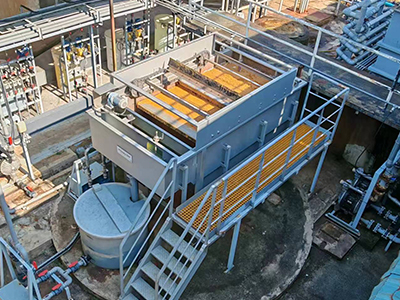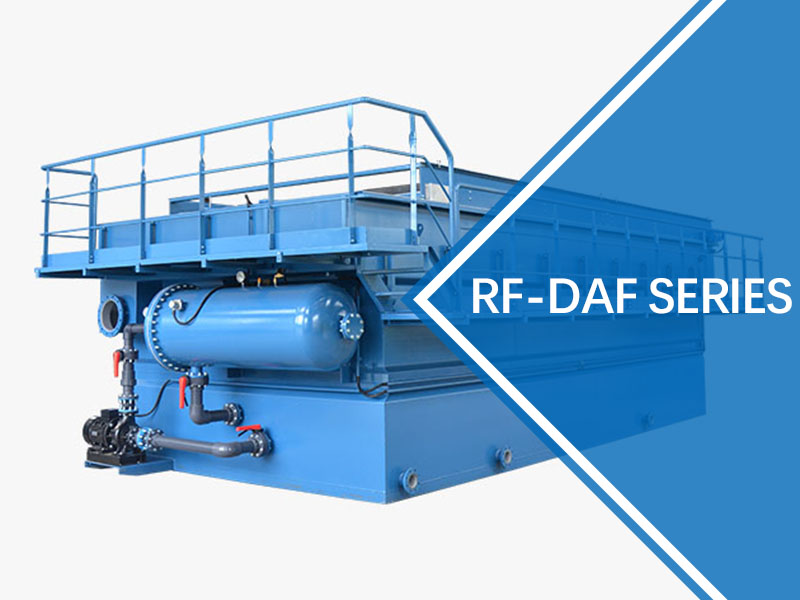The dissolved air flotation (DAF) system is a commonly used water treatment equipment that employs tiny bubbles to adsorb and carry suspended solids, causing them to float to the surface, thus achieving solid-liquid separation. Here are some measures that can help you improve the efficiency of the DAF system and reduce energy consumption:

Optimizing Operating Parameters:
Gas Release and Mixing: Adjust the gas release rate and mixing intensity to ensure that bubbles have adequate contact with pollutants.
Dissolved Air Time: Ensure sufficient dissolved air time for the gas to dissolve fully in water and form stable bubbles.
Gas-Liquid Load: Adjust the gas-liquid load to balance processing efficiency and energy consumption.
Hydraulic Design:
Water Distribution System: Ensure even distribution of wastewater to prevent local overloading or dead zones.
Scraper Collection System: Design an efficient scraper collection system to quickly collect scum and reduce hydraulic retention time.
Intelligent Control System:
Automated Operation: Implement real-time monitoring and adjustment of key operating parameters through sensors and control systems.
Adaptive Adjustments: Automatically adjust operating parameters based on real-time characteristics of the wastewater to maintain optimal treatment effects.
Regular Maintenance and Cleaning:
Equipment Inspection: Regularly inspect the equipment to ensure all parts are functioning properly.
Cleaning and Replacement: Clean and replace worn parts promptly to prevent a decrease in efficiency.
Choosing the Right Dissolved Air Flotation Process Type:
Process Selection: Select the most suitable dissolved air flotation process based on the type of wastewater and treatment objectives.
Additionally, some new dissolved air flotation technologies, such as Super Roll Flow® DAF dissolved air flotation, have achieved high load, large processing capacity, and low energy consumption through innovative design, saving about 50% energy compared to traditional dissolved air flotation systems. The application of these technologies can effectively reduce energy consumption while ensuring treatment effects.
Adopting Energy-Saving Designs:
Energy-Efficient Design: Choose dissolved air flotation systems with rational design to improve processing efficiency and reduce energy consumption.
Using an Efficient Dissolved Air System:
Dissolved Air Efficiency: Select an efficient dissolved air system to produce more stable bubbles.
Optimizing the Use of Chemical Reagents:
Reagent Selection: Choose coagulants and flotation agents most suitable for the characteristics of the wastewater.
Reagent Dosage: Precisely control the dosage of reagents to improve efficiency and reduce the consumption of chemical reagents.
By implementing these measures, not only can the processing efficiency of the dissolved air flotation system be improved, but also operational costs can be reduced, achieving a sustainable water treatment process.
